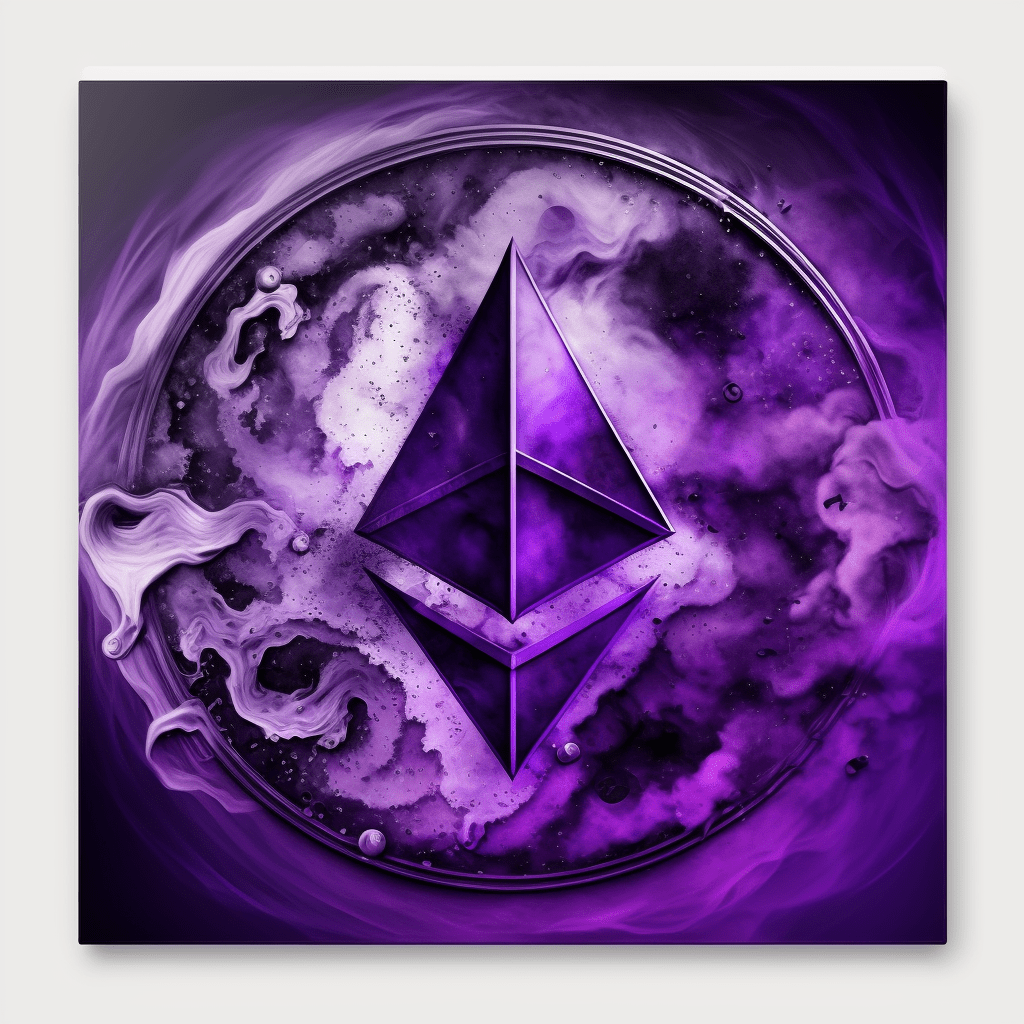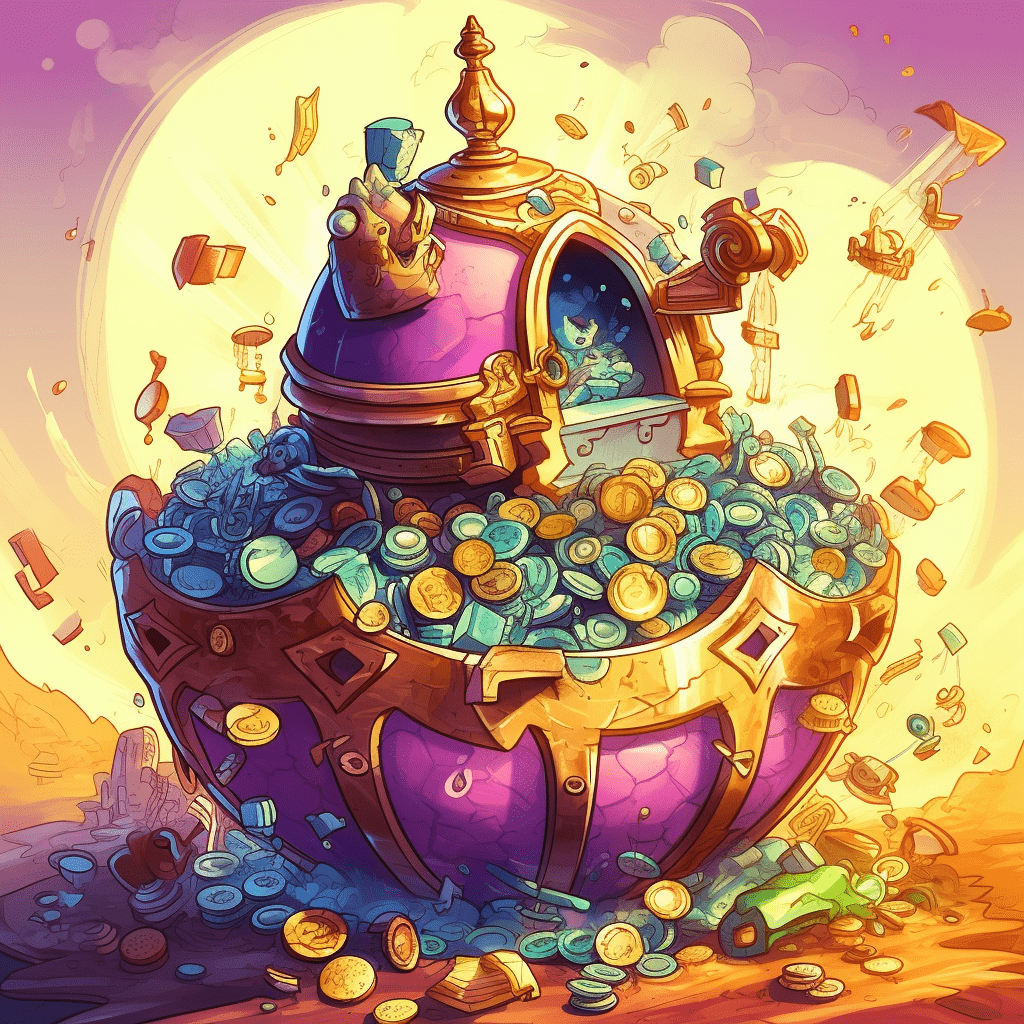For those venturing into the world of Non-Fungible Tokens (NFTs), one key question is often at the forefront: “how much does it cost to mint an NFT?” As you dive into the details, you’ll quickly find that the blockchain you choose to mint your NFTs plays a significant role in determining these costs. This article will elucidate the intricate relationship between blockchain technology and the costs associated with minting NFTs.

The Basics of Blockchain and NFTs
To understand how blockchain influences the cost of minting NFTs, we need to get a grasp on some basic principles first. Blockchain, in its simplest form, is a decentralized, distributed ledger that records transactions across multiple computers. Each block contains information about a transaction, and once a block is filled, a new one is created, forming a chain of blocks – hence the name blockchain.
NFTs, on the other hand, are unique digital assets stored on a blockchain. They can represent anything from digital art to music, virtual real estate, and more. Each NFT contains specific information or attributes that distinguish it from any other token, hence the term ‘non-fungible’.
The Role of Blockchain in Minting NFTs
When minting an NFT, you’re essentially creating a digital representation of a unique item or piece of content on the blockchain. This process involves writing data to the blockchain, which requires computational resources.
Gas Fees – The Primary Cost of NFT Minting
One of the primary costs associated with minting NFTs is gas fees. In the blockchain world, ‘gas’ refers to the computational effort required to execute transactions or smart contracts on the network. Gas fees are a form of compensation for the miners who validate and record transactions on the blockchain.
The gas fee you’ll incur when minting an NFT can vary significantly and is heavily influenced by the blockchain you’re using and its current network congestion. Some blockchains, like Ethereum, are particularly popular for NFT minting due to their extensive infrastructure and large user base. However, the popularity of these blockchains can lead to high demand and congestion, driving up gas fees.
Choosing the Right Blockchain for NFT Minting

With gas fees in mind, choosing the right blockchain for NFT minting becomes a crucial decision. Each blockchain operates with its own set of rules and structures, impacting the costs of minting NFTs.
Ethereum (ETH)
As the first blockchain to offer NFT support, Ethereum remains a popular choice for many. Its smart contract capabilities and extensive user base make it an attractive platform for NFT creation. However, the cost to mint an NFT on Ethereum can be quite high, especially during periods of high network congestion. With Ethereum, gas fees are paid in Ether (ETH), the network’s native cryptocurrency.
Binance Smart Chain (BSC)
Another option is the Binance Smart Chain (BSC), a blockchain network established by the crypto exchange giant, Binance. BSC offers a lower cost alternative to Ethereum, with significantly lower gas fees. However, it’s important to note that BSC isn’t as widely adopted as Ethereum, meaning NFTs minted on BSC may not have the same level of visibility or market access.
Flow
Flow is a blockchain designed with the unique needs of NFTs in mind. Created by the team behind CryptoKitties, Flow is built for high performance and low transaction costs. It’s been adopted by major brands like NBA Top Shot and UFC, making it an attractive platform for NFT creators. The cost to mint an NFT on Flow can be relatively low compared to Ethereum, but
Flow requires users to hold a certain amount of their native token (FLOW) to create and interact with NFTs.
Tezos (XTZ)
Tezos is another blockchain platform that has been gaining attention in the NFT space due to its lower minting costs and environmentally friendly stance. This is because Tezos uses a proof-of-stake (PoS) consensus mechanism, which is more energy-efficient than the proof-of-work (PoW) mechanism used by Ethereum. Minting NFTs on Tezos can be less expensive than on Ethereum, but it’s important to note that the Tezos NFT marketplace is not as robust or well-established.
Layer 2 Solutions and Sidechains
Besides different blockchain platforms, another way to manage the cost of minting NFTs is to consider Layer 2 solutions or sidechains. These are secondary networks that sit on top of the main blockchain (like Ethereum), aiming to reduce costs and increase transaction speed without overloading the main network. Popular Layer 2 solutions for Ethereum include Polygon (formerly Matic) and xDai, which can offer lower cost options for minting NFTs.
As you can see, the choice of blockchain has a significant influence on how much it costs to mint an NFT. The costs can vary widely, and there’s no one-size-fits-all answer. It depends on your specific needs, budget, and the level of visibility or market access you want for your NFTs.
Wrapping Up

When it comes to NFT minting, understanding the role and impact of blockchain on costs is crucial. The choice of blockchain not only determines the minting costs but also influences the reach and visibility of your NFTs in the marketplace. It’s essential to do your research, understand the different offerings, and choose a blockchain that aligns with your NFT goals.
